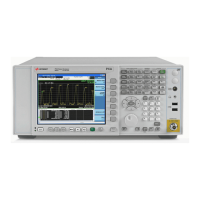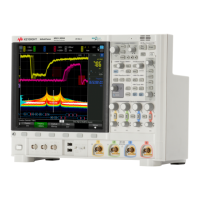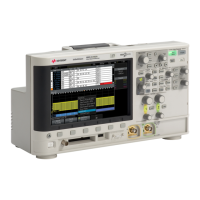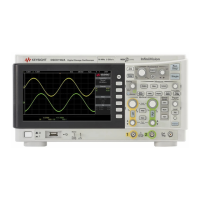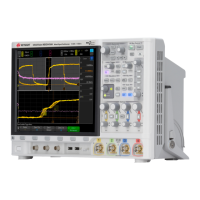What to do if Keysight Technologies Portable Generator does not respond?
- JjonathanscottAug 19, 2025
If the Keysight Technologies Portable Generator does not respond, it might be in remote mode. Press the Local Cancel/(Esc) button to exit remote mode.
